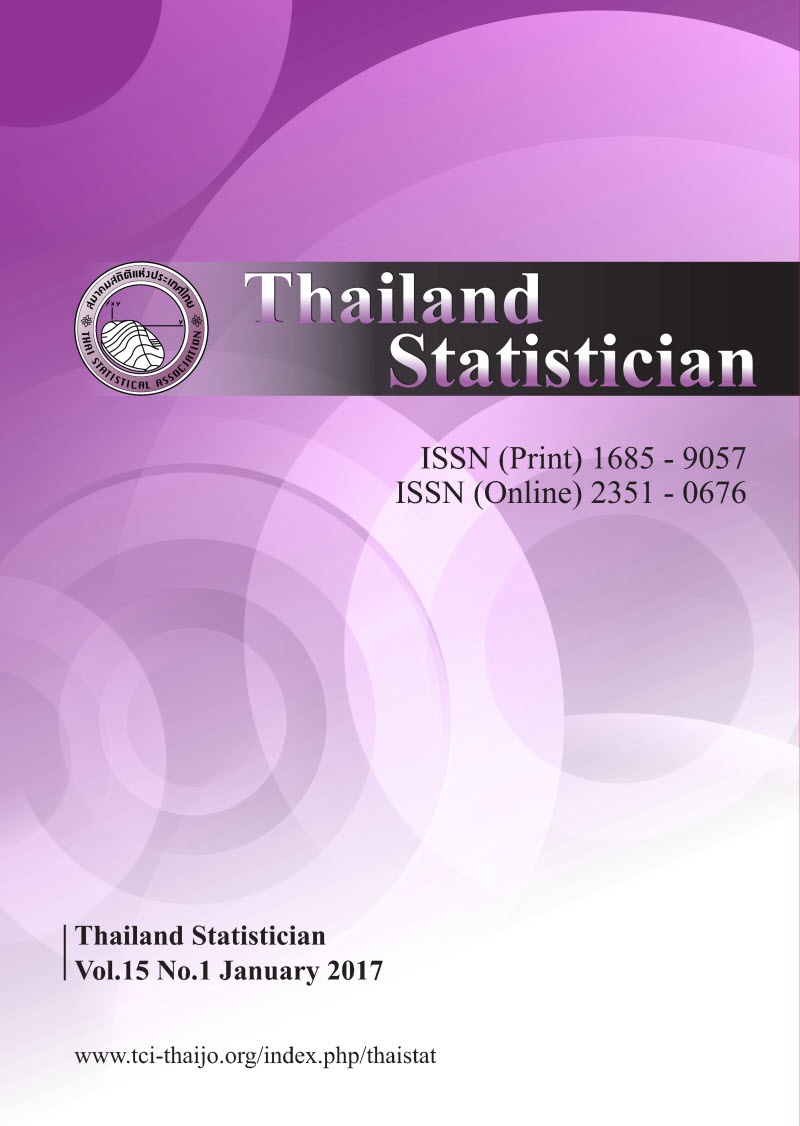Detecting a Random Component in a Two Compartment Model: Correlated Random Effect Simulation Study
Keywords:
compartment model, difference of exponentials model, fixed parameter approach, multivariate coefficient of variation, nonlinear mixed effects modelAbstract
The coefficient of variations (CV) of each individual estimate and for all possible combinations of the estimates are used to see which parameters should be random in a nonlinear mixed effects model. From the difference of exponentials model simulations, when only one parameter is random, the sample CV of the corresponding estimate will be the highest rank and its mean is close to the population CV. When more than two correlated random effects are considered, the corresponding sample CV of the individual estimate equally shares the highest and the mean of each individual CV estimate and their combinations are close to the population CV. An example on isolated perfused porcine skin flaps data is also presented and the multivariate coefficient of variation was applied to indicate which parameter appears to be random. The optimum solution agrees with other model selection criteria, e.g., AICC, AIC, or BIC.Downloads
How to Cite
Budsaba, K., & Smith, C. E. (2015). Detecting a Random Component in a Two Compartment Model: Correlated Random Effect Simulation Study. Thailand Statistician, 4, 63–83. retrieved from https://ph02.tci-thaijo.org/index.php/thaistat/article/view/34360
Issue
Section
Articles




